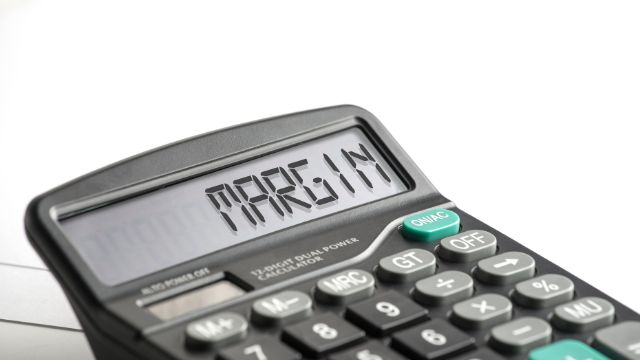Trading in futures and options (F&O) can be complicated, and one important factor to take into account is the margin requirement. For profitable and hassle-free trading, it is crucial to comprehend the margin needed for F&O trading. A margin calculator might help to streamline this process. In this post, we’ll look at how a margin calculator can speed up calculations and assist traders in precisely calculating their margin needs.
What is a Margin Calculator?

An online tool known as a margin calculator helps traders determine the margin needed for F&O trading. It is a straightforward computation tool that relies on user inputs to calculate the necessary margin. Traders can quickly and correctly determine the margin needed for their trades by using a margin calculator.
Types of Margins
Various types of margins are calculated using a margin calculator to ascertain the overall margin required. Let’s examine these margins in more detail:
SPAN Margin: The main margin for a F&O trade is the SPAN (Standardised Portfolio Analysis of Risk) margin. It calculates the largest possible loss that a portfolio could sustain in different market situations. The SPAN margin is updated several times per day; therefore, the value of the margin may vary depending on when it is calculated.
Exposure Margin: In order to guard against potential losses in erratic markets, brokers also collect an additional margin known as the exposure margin. It acts as a buffer for the broker’s liability during challenging market circumstances.
Value at Risk (VaR) Margin: The VaR margin calculates the likelihood that an asset will lose value based on statistical analysis of previous price fluctuations and volatility. It aids in determining the risk attached to a specific item.
Extreme Loss Margin: To take losses into account that can occur above and beyond VaR margins, the extreme loss margin is computed. The larger figure between 5% of the asset’s position value and 1.5 times the standard deviation of the daily logarithmic returns of the asset’s price over the previous six months is what is used to determine it.
How to Use a Margin Calculator
The process of using a margin or brokerage calculator is simple. The calculator uses a variety of inputs from the trader to determine various margin requirements. Here is a detailed explanation of how to use a margin calculator correctly:
Choosing the Exchange: Based on the type of trade you intend to execute, select the appropriate exchange, such as NFO, CDS, NCX, or NCDEX.
Choose the product category: Indicate if you are trading options or futures.
Decide on a symbol: Type the symbol for the contract you want to trade—for example, NIFTY, BANKNIFTY, or any particular stock.
Enter the Net Quantity: Enter the net amount you want to swap.
Choose between Buy and Sell: Indicate whether you plan to buy or sell the selected contract.
The margin calculator will determine the total margin requirement when you enter this data, taking into account both the exposure margin and the SPAN margin. Additionally, it will give you comprehensive details on each margin component.
Conclusion
In conclusion, computations are complicated when trading futures and options (F&O), especially when establishing the margin requirements. For profitable and seamless trading, it is essential to understand these margin needs. Traders can use a margin calculator, an online tool made to precisely calculate the required margin for F&O trading, to streamline this procedure.
Santosh Kumar, the author behind IndiasStuffs.com, is passionate about sharing valuable insights on a variety of topics, including lifestyle, technology, and Indian culture.
Page Contents [show]

